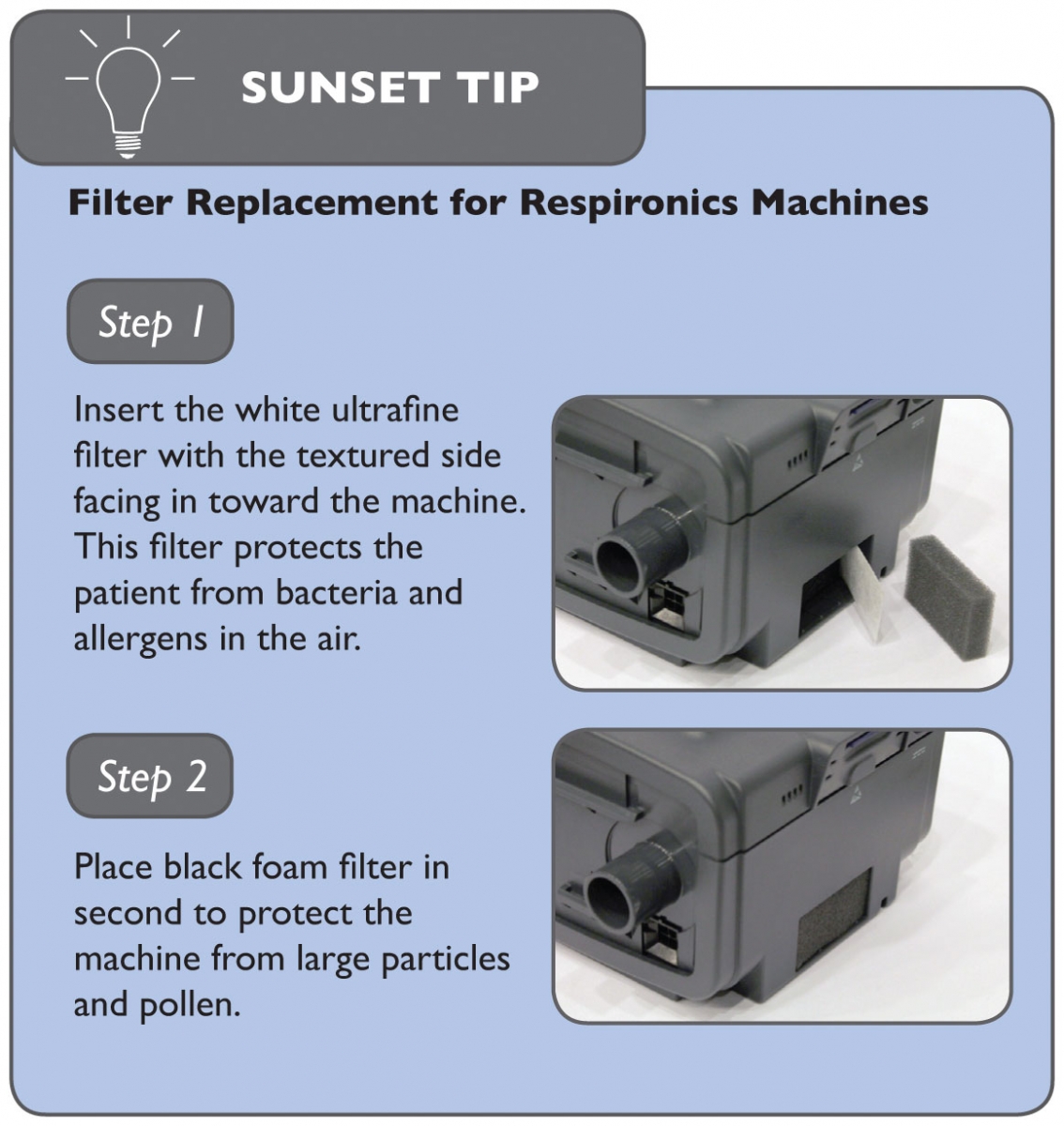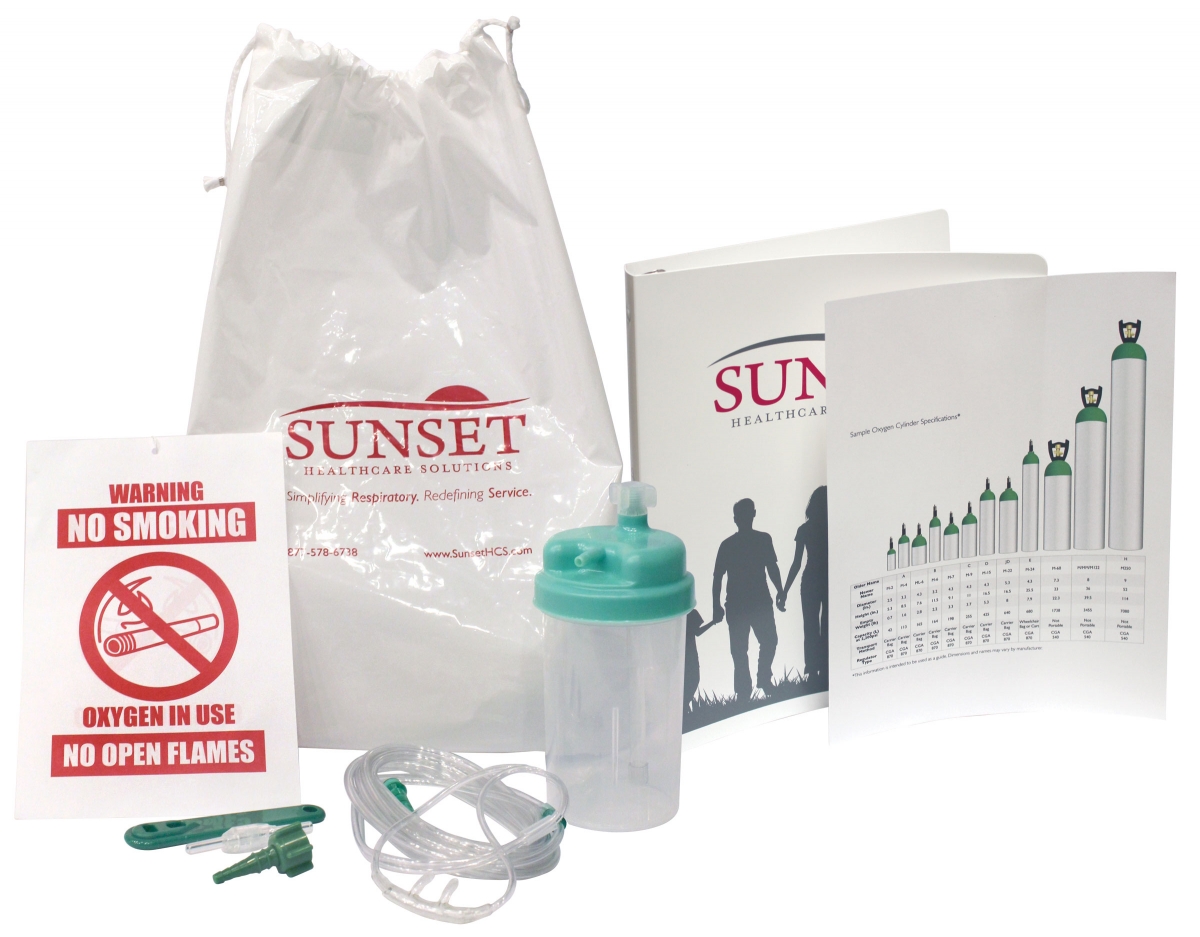Studies show that almost 90 percent of adults struggle to understand health information readily available in hospitals, clinics, stores and the media. Meanwhile, the government is cutting reimbursement to the HME industry, which is pressuring providers to reduce the one-on-one care and training they now give to patients.
It’s a recipe for confusing older and ill patients who must use HME products for the first time. But there are steps you can take to ease their stress. HME providers can give patients simple instructions through a variety of mediums to increase health literacy—the degree to which patients understand medical information and use it to make good decisions about their health and medical care.
Placement with Packaging
The easiest place to teach patients how to use your products is on the packaging or on inserts you include with products. Many manufacturers cover this step with instructions that you can pass along to your patients. However, if your products do not come with instructions or you think they could use further explanation, add a supplemental flier, booklet or instruction sheet. Here are tips for making instructions simple to understand:
- Put the most important information first—many people with limited health literacy read only the first few words of a page.
- Use simple language, short sentences and define technical terms.
- Do research—chances are, somebody has already written instructions on how to use a product similar to yours. So check to see what other people have done and pick the most clear example to use as a guide.
- Make the instructions easy to read and understand for all patients. This includes printing them large enough to read for people with poor vision, as well as making them bilingual if you serve a high percentage of non-English speakers.
- A picture may be worth 1,000 words, but it’s worth 2,000 words if you count writing the instructions in two languages. Photos or diagrams can help patients no matter what language they speak.
- Test instructions by having someone who has never used the product try to follow them. This can uncover gaps that are not obvious to you.
- Ask patients for feedback on instructions and continually improve them if you hear the same questions multiple times. For example, if you receive phone calls from patients asking which side of their CPAP filter should be facing in toward the machine, then add a photo and description of the correct placement onto the packaging.

New Patient Set-up Kits
Another helpful piece of marketing that some providers have adapted is a new patient set-up kit. It can include everything from instructions, forms and manuals, to any replacement parts or tools they might need.
For example, many HME companies provide their new oxygen patients with a new-patient set-up kit that the manufacturer or distributor helps them to assemble. The kit includes all of the supplies that should be regularly replaced such as oxygen tubing and cannulas, as well as an accessory kit that includes every tool new patients might need to use with their oxygen device, such as a wrench for adjusting the cylinder pressure, a replacement washer and various connectors.

In addition to the supplies, many customers include their own instructions on best practices for handling the device, frequently asked questions, what to expect and other supplemental instructional materials that can make the transition onto oxygen therapy easier.
Instructional Videos
At a time when 16 million people per month visit WebMD to diagnose their own ailments, why not use YouTube videos to instruct patients on the correct way to use your products before they get incorrect information somewhere else?
Making a video is now surprisingly easy with the help of many digital cameras, smart phones and webcams. And YouTube now has free video editing tools available online so you can edit and add captions to your video at no cost. For information on tools to help you create your videos visit www.youtube.com/create.
Videos can be a great way to explain how to select, use, clean or fix one of your products without having to send a technician to a patient’s home. They provide the information impossible to convey through printed packaging.
Once your video is complete, post it on no fewer than these two locations:
1) Create a YouTube channel for your company—make it searchable by your company name and place all of your videos in one place for your customers and the general public to search. You can even customize your channel background to include your logo and color format. Be sure to tag the videos on YouTube once they are posted so people can easily search for them by subject, item or issue. As an added bonus, if you include your company’s web address at the end of your video, this could increase traffic to your website.
2) Embed the YouTube videos directly onto the corresponding product’s page on your website. That way if your patients are visiting your website to purchase your products, they can see the video and refer back to it if they have questions later.
Additional ways to get your video out there: Google Video, industry or company blogs, social networking and sites such as Facebook. You can even embed it in an e-mail and use it as a response to questions you receive from customers.
While the best solution is to send a trained technician to teach patients how to use new equipment and troubleshoot problems, with declines in reimbursement, the costs are not always feasible. When personalized attention isn’t an option, make sure you find other ways to educate your patients.
Health literacy bubbles to surface in Affordable Care ActBy Dave Parks Health literacy has been bubbling up in the medical community for years, and has reached the surface with several provisions in the new health care reform law. Logic for the governmental action was contained in a November 2010 study commissioned by the Institute of Medicine, “Health Literacy Implications of the Affordable Care Act.” The study noted that 36 percent of American adults are functionally illiterate, meaning they are unable to write a sentence or read a book. Only about 12 percent of American adults have proficient health literacy, meaning they can readily understand health information and use it to follow a doctor’s orders, comprehend a diagnosis or adhere to directions for a prescription drug or HME product. Much of the health literacy drive is aimed at explaining the insurance policies that will be sold through state exchanges beginning in 2014. But many provisions of the new health care law are aimed at helping low-income people, including 16 million new enrollees in Medicaid, understand fairly complicated medical information about HME products, prescription drugs and other treatments. The new law includes provisions that require: - Dave Parks is editor of HomeCare |
